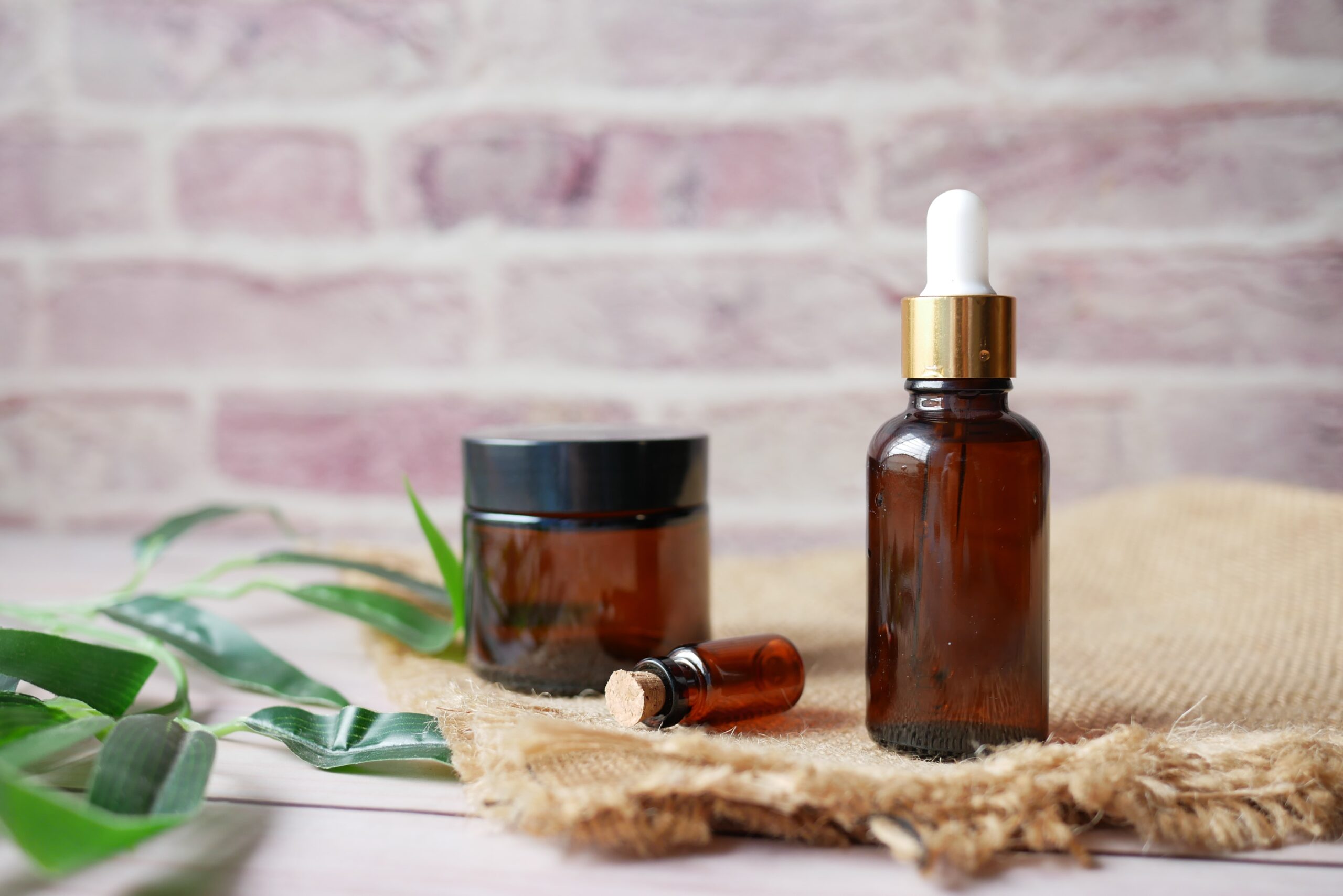PROSTAGLANDINS AND PROSTAGLANDIN-ANALOGUES
In 2018, a health assessment of eyelash growth treatments conducted by the German Federal Institute for Risk Assessment (BfR) alerted the European Commission to the fact that the use of prostaglandins and their analogues as components of cosmetic products may include health risk for consumers.
Prostaglandins and their analogues are used in drugs to reduce ocular hypertension (glaucoma) and increased eyelash growth has been observed as a side effect. However, several cases of serious undesirable health effects were recorded in many European Union (EU) countries due to the use of cosmetic products containing prostaglandins or their analogues.
Due to the raised concerns, the Commission requested the Scientific Committee on Consumer Safety to carry out a safety assessment on Prostaglandins or their analogues.
According to CosIng, the Commission database for information on cosmetic substances and ingredients, there are 14 cosmetic ingredients described as ‘a synthetic analogue of prostaglandin’, but other ingredients relevant to this chemical family can be found by using the keyword ‘prost’. Prostaglandins and their analogues are currently not restricted in cosmetic products, as they are not listed in the Annex of the EU Regulation (EC) No 1223/2009 on cosmetic products.
These ingredients are used in cosmetic and personal care products as eyelash and/or eyebrow conditioners. For example, isopropyl cloprostenate and ethyl tafluprostamide are designed to enhance the appearance of natural eyelashes and eyebrows by nourishing, moisturizing and protecting eyelashes and eyebrows from breakage. Since there were very limited data available on other prostaglandin analogues, the SCCS opinion was bases on these two ingredients (isopropyl cloprostenate and ethyl tafluprostamide).
In its preliminary opinion, the SCCS was not able to conclude on the safety of isopropyl cloprostenate and ethyl tafluprostamide, when used up to the intended use concentrations indicated in the respective dossiers (0.006% and 0.007% for isopropyl cloprostenate and 0.018% for ethyl tafluprostamide). The SCCS has noted serious concerns about the safety of these two ingredients when used in cosmetic products, in particular those that are intended for use in the proximity of the eye. The overall conclusion of the SCCS was that the use of prostaglandin analogues in cosmetic products constitutes a serious concern for consumer safety, on the basis of physicochemical aspects (very limited and insufficient data), toxicological aspects (in silico, in vitro, genotoxicity, human data), exposure aspects and other aspects (strong physiological effects).
With a collective consideration of the physicochemical, toxicological and exposure aspects noted above, the SCCS is of the view that there is a basis for serious concern that the use of the prostaglandin analogues, as notified through CPNP for use in cosmetic products, can pose a health risk to the consumer Considering the potent pharmacological activity and the scarcity/lack of safety data, the SCCS cannot advise on the concentrations of prostaglandin analogues that can be safely used in cosmetic products.
If you wish to get more information these ingredients and their use in cosmetic products, feel free to contact us at info@criticalcatalyst.com.
References:
- Regulation (EC) No 1223/2009 of the European Parliament and of the Council of 30 November 2009 on cosmetic products.
- Scientific Committee on Consumer Safety (SCCS). Opinion on Prostaglandins and prostaglandin-analogues used in cosmetic products. (SCCS/1635/21). Preliminary version. 2021.















